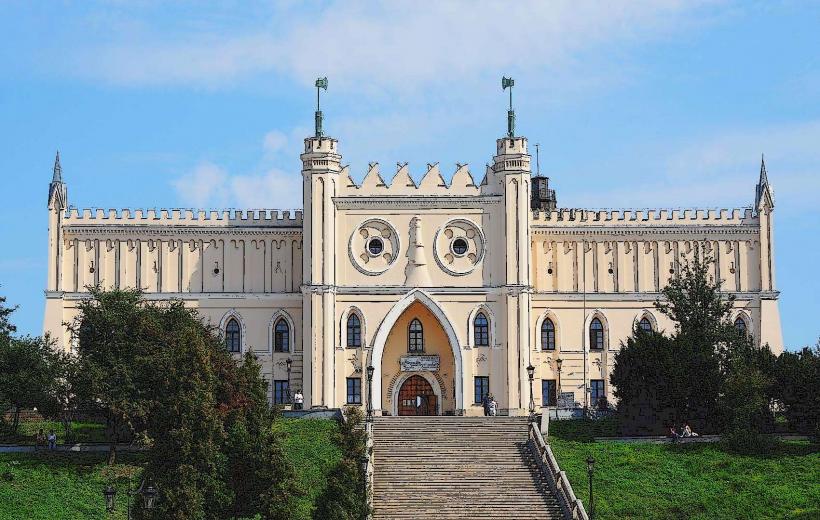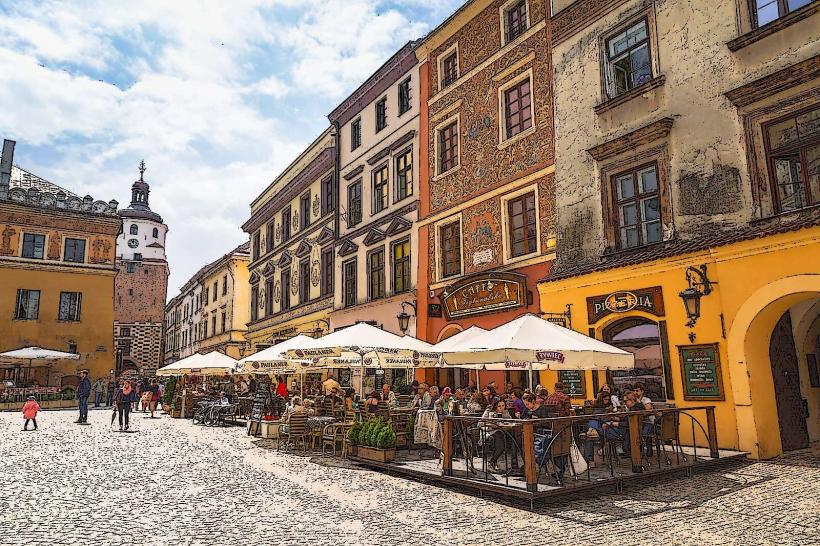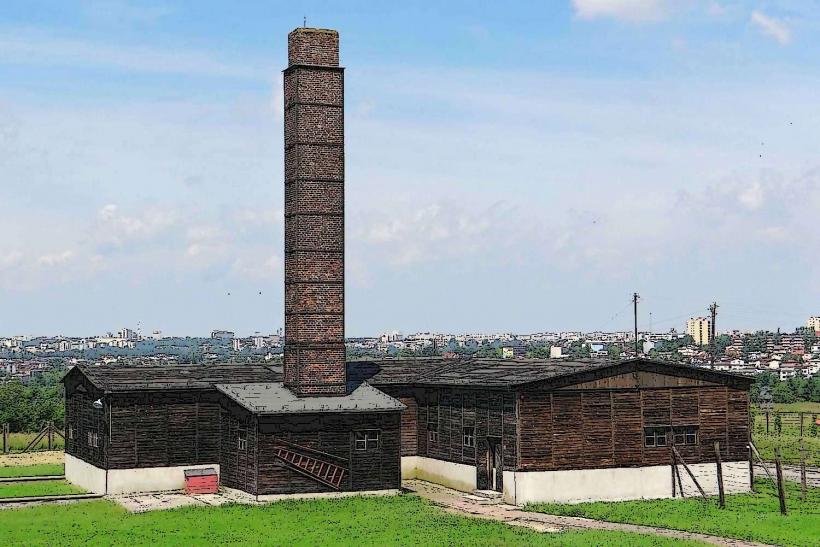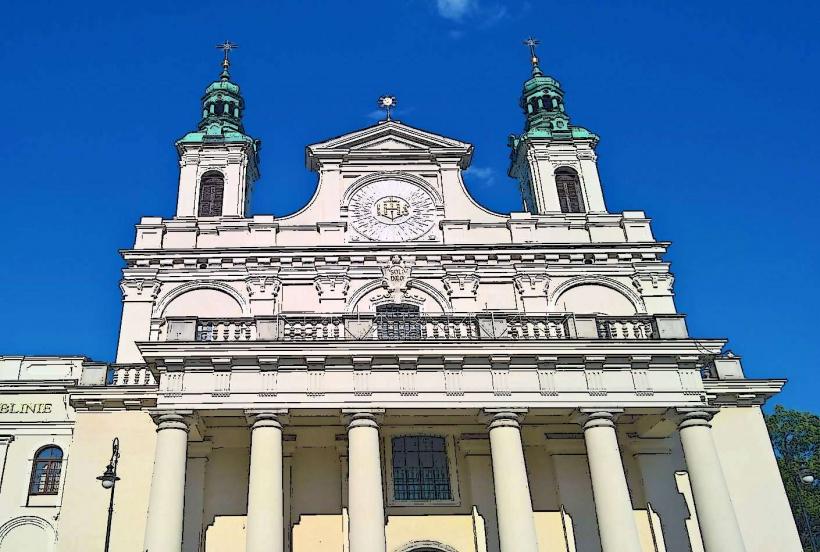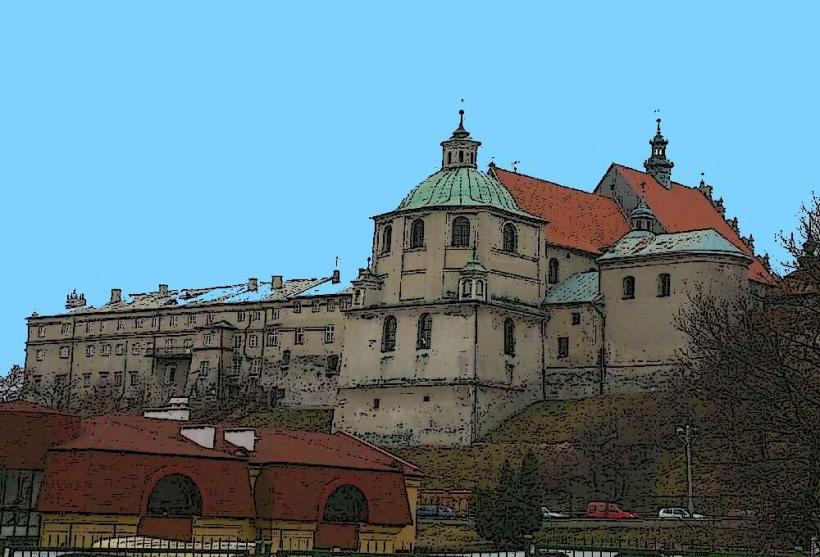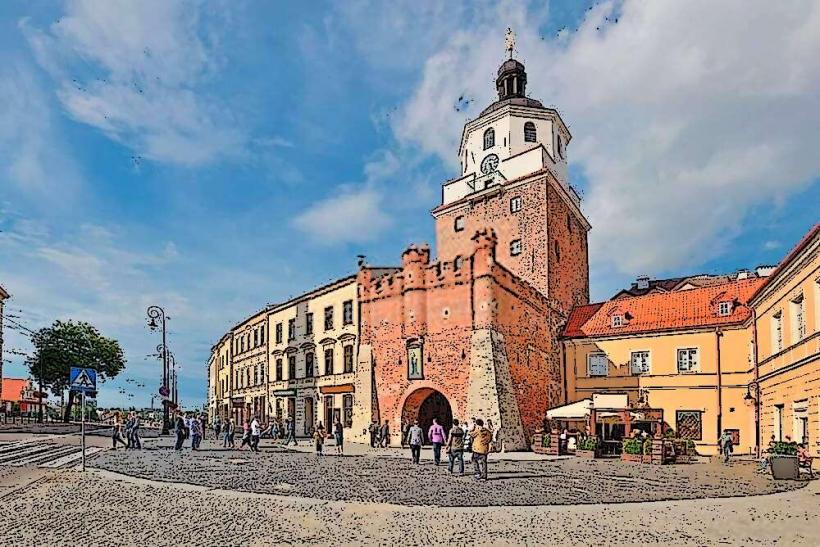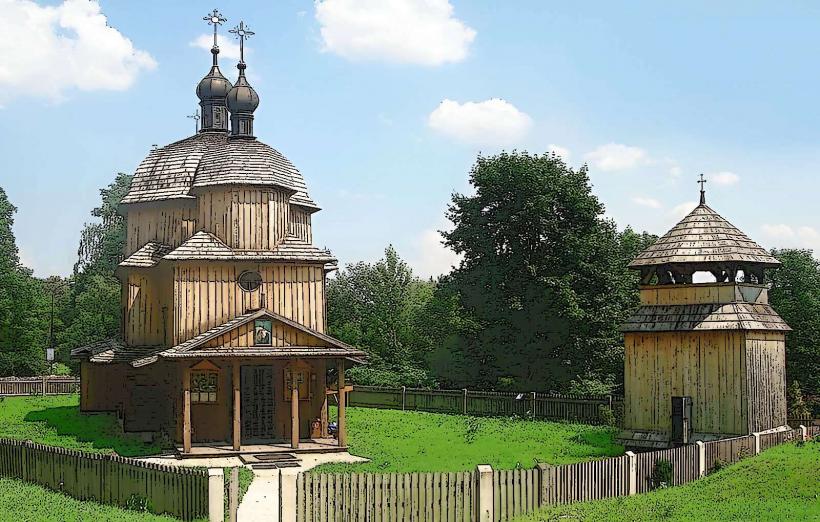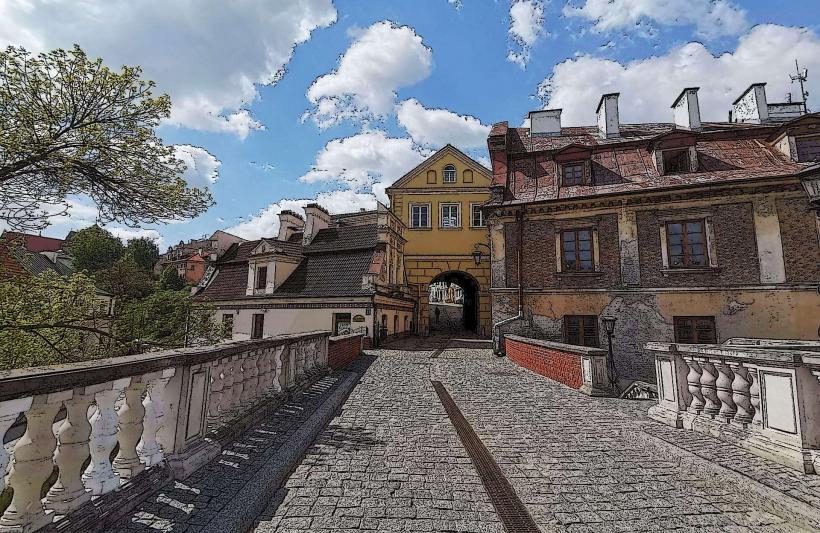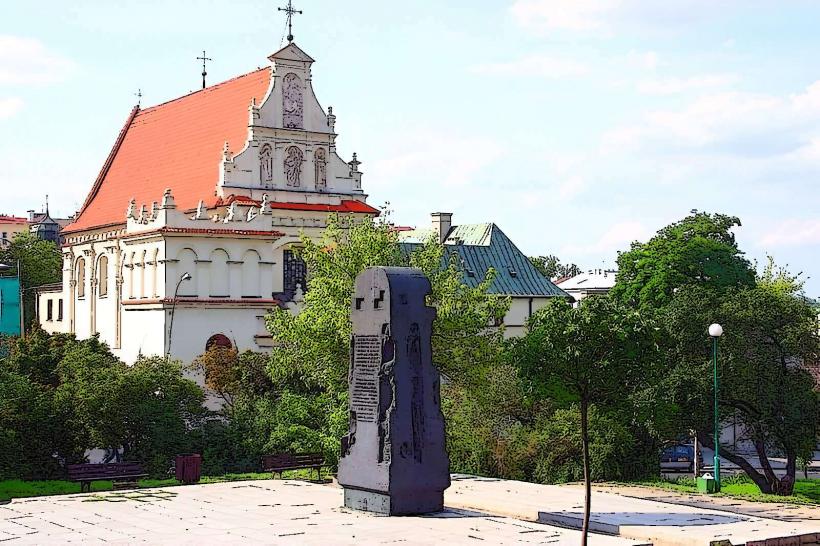Information
Landmark: Crown TribunalCity: Lublin
Country: Poland
Continent: Europe
The Crown Tribunal (Trybunał Koronny)
The Crown Tribunal (Trybunał Koronny) is one of Poland's most important historical and legal institutions, with significant historical and architectural value. It was the highest court of law in the Kingdom of Poland during the 16th to 18th centuries, playing a central role in the judicial system and the political life of the Polish-Lithuanian Commonwealth.
1. Historical Background
Origins: The Crown Tribunal was established in the late 15th century, during the reign of King Kazimierz Jagiellończyk (also known as Casimir IV Jagiellon). It was created to help resolve conflicts between the nobility (szlachta), and its jurisdiction extended to both criminal and civil cases.
Role in Polish Law: The Tribunal was a court of appeal and a key body in the legal system of Poland. It handled the most serious legal disputes involving the nobility, as well as cases of national importance. It was especially influential in the 16th century, when the Polish legal system became more structured and codified. The Crown Tribunal helped regulate legal and political order in a realm characterized by the unique political structure of the Polish-Lithuanian Commonwealth.
Function: The Tribunal primarily dealt with legal matters involving noble privileges, political disputes, and accusations of high treason. It also played an advisory role to the king, especially on matters concerning laws and their interpretation. This system of law, based on a mix of local customs and royal decrees, is often seen as a precursor to more modern judicial systems.
2. Architectural Significance
Location: The Crown Tribunal was originally located in Lublin, one of Poland's most important cities at the time. The Lublin Tribunal is particularly famous because the Tribunal's sessions were held in the Lublin Town Hall.
Town Hall of Lublin: The Lublin Town Hall, which dates back to the 16th century, served as the seat of the Tribunal. This Renaissance-style building is located in the heart of the Old Town of Lublin. It is renowned for its architectural beauty, particularly its decorative elements, such as the arcades, staircases, and rooftop turret, which have made it an iconic symbol of the city.
- The town hall housed the judicial and administrative offices, as well as the courtroom where the Tribunal sessions were held. The building was also the seat of Lublin’s local government, making it an important center of both legal and civic life during the period.
Style and Design: The building is an example of Renaissance architecture, with elements of the Italian Renaissance influencing its design. The town hall was designed to symbolize the power and authority of the Polish monarchy and the legal system. It also served as a symbol of the rights and privileges of the Polish nobility.
3. The Tribunal's Impact on Polish Society
Political Influence: The Crown Tribunal was not just a judicial body, but also had significant political implications. The tribunal's decisions were often intertwined with political negotiations and the balance of power in Poland. The Polish nobility, the main class involved in the Tribunal’s cases, played a critical role in the functioning of the Polish-Lithuanian Commonwealth, and the Tribunal’s work helped define and protect the privileges of the nobility.
Role in the Commonwealth's Governance: The Tribunal was one of the key institutions in the Polish-Lithuanian Commonwealth, an entity that was known for its noble democracy. Its work reflected the role of the nobility in governance and the emphasis on legalistic and institutional rule. By the 17th century, the Tribunal had cemented itself as a pillar of Polish legal and political life.
4. Decline and Abolition
Decline: By the 18th century, the power and importance of the Crown Tribunal started to decline. As the Polish-Lithuanian Commonwealth faced political and military challenges, the Tribunal became less effective. The rise of the partitioning powers (Prussia, Russia, and Austria) and internal conflicts weakened the role of institutions like the Tribunal.
Abolition: The Crown Tribunal was officially abolished during the partitions of Poland in the late 18th century. As Poland was partitioned by its neighboring powers, many of the nation’s traditional institutions were dismantled, including the Crown Tribunal. After the Third Partition of Poland in 1795, Poland ceased to exist as a sovereign state for over a century.
5. Modern-Day Legacy
Lublin and the Tribunal's Memory: Today, the Lublin Town Hall is a symbolic reminder of the Crown Tribunal's historical role in the city. It serves as a key landmark for tourists and a venue for cultural events and exhibitions. The building remains a vital piece of Lublin’s historical heritage.
Tribunal’s Influence: The work and traditions of the Crown Tribunal had a lasting influence on Poland’s legal system. It helped establish a framework of legal protections and noble rights, and its existence laid the foundation for modern judicial institutions in Poland.
6. Conclusion
The Crown Tribunal was an important institution in the history of Poland and the Polish-Lithuanian Commonwealth, serving as the highest court for resolving legal matters involving the nobility. It played a central role in the evolution of Polish law and governance, and its legacy continues to be reflected in the architecture of the Lublin Town Hall and the broader history of Poland. As both a legal body and a symbol of Polish nobility, the Crown Tribunal remains a key aspect of Poland’s rich historical narrative.

